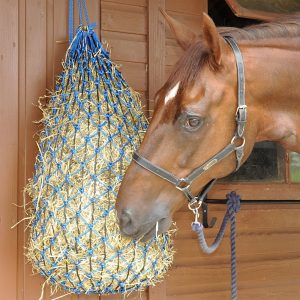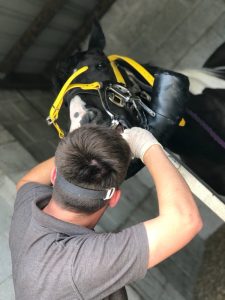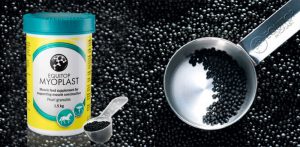October is our veteran horse health month. As the autumn nights are drawing in closer, many owners of older horses are thinking about how they’re going to keep their horses an appropriate weight over the colder months. There’s a great deal of feeding advice out there, so here is a general veterinary overview.
Horses will age differently, and although we traditionally consider veterans to be 15 years and over, many horses are reaching their peak athletic performance in their mid to late teens. From a disease risk perspective, we should consider horses over 15 to be veterans, although with ongoing improvements in equine science and welfare, we probably don’t need to consider them true geriatrics until they’re reaching their 20s.
It’s important you remember every horse is individual and advice will depend on many factors including:
- Current workload
- Dental and Oral health
- Historic disease – especially laminitis, colic or liver disease
- PPID (Cushing’s)
- Whether they’ve been a good-doer so far in life or they’ve always tended to be a little on the lean side
Veteran specific feeds are preferable to standard feedstuffs as an ideal veteran feed has a lower cereal content (which is mainly starch) and higher fibre and protein, with higher calorie contents overall generally made up by oil and fibre. This ratio prevents excess energy and “fizzy” behaviour and is easier to digest, preventing issues such as colic and laminitis.

Feeding fibre is key, make sure most of the horse’s diet is high quality fibre. In the wild, horses are roaming and grazing for 20 hours a day so it is vital we replicate trickle-feeding in how we manage their diet. Good quality fibre is helpful not only in providing “non-heating” calories and therefore maintaining weight, but also as vital fuel for the horse’s internal furnace, the caecum. Trickle feeding helps
with thermoregulation, meaning that horses don’t need to expend any additional energy keeping themselves warm unless the outside temperature drops below 5 degrees – pretty impressive! No matter how much hard feed you pump in, if a horse isn’t eating enough fibre they will lose weight.
Unfortunately, as horses age, it is natural their dental health declines. Their teeth become less effective at picking up feed and grinding forage. This means it’s much more difficult to ingest enough fibre. It’s vital therefore that the veteran horse receives a 6 monthly dental check to ensure their dental health is maintained for as long as possible – we’ll be discussing this in more detail in a dental health blog post later this month. Dental checks must be performed by an equine vet or qualified equine dental technician, and should involve a detailed exam with a gag, mirror and light source to ensure all areas of the mouth are visualised.

With dental disease, we recommend monitoring fibre intake closely and considering forage replacers where the horses teeth aren’t doing a good job at grinding hay and haylage. Hay replacers are fed alongside hard feed. There are various products on the market, with most of the big feed companies producing a form of hay replacer. Sugar beet type products are suitable as part-hay replacers, whereas fibre mash types (such as Fast-Fibre) are suitable as complete replacers, so feeding no hay or haylage at all. Soaked mash feeds work well for improving water intake too, although they aren’t every horse’s cup of tea!
Concurrent disease should be considered too – a history of laminitis, or confirmed PPID (Cushings) or EMS would encourage us to feed lower starch and sugar feeds, with starch content not exceeding 10%. If a horse has suffered with liver disease, we may recommend you feed lower protein diets.
One of the most common queries we get is how to keep muscle on older horses. This is a difficult one as it is often multifactorial, it’s important to be aware that this is no easy feat! If muscle loss is your concern, ensure sufficient protein is in the diet but consider other causes too. An older horse’s body is less capable of building muscle compared to a younger horse. Underlying disease may be playing a part too – undiagnosed PPID is a huge contributor for muscle loss in older horses. Stiff muscles and joints and general aches and pains will also be a hindrance for muscle gain and maintenance. Usually when analysing older horses’ diets we find there is sufficient protein, and the lack of muscle is a training and exercise issue – if you’re not using a particular muscle it doesn’t take long for it to reduce in strength and size, atrophying by the day. If you’re concerned protein is lacking in your horse’s diet Equitop Myoplast can be a useful supplement, as it is high in essential amino acids and protein but without the heating calories, added to a veteran feed it will ensure a complete diet. (Its only available through vets, so contact us at the practice if you’d like to give it a go).

